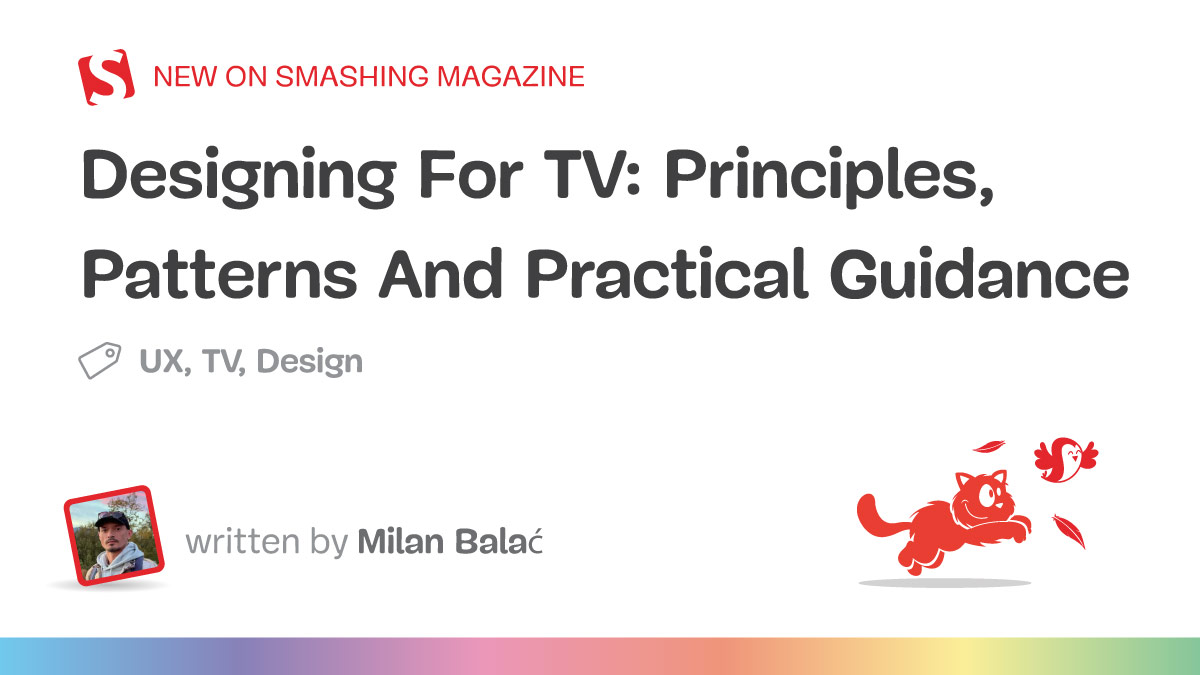
"After covering in detail the underlying interaction paradigms of TV experiences in Part 1, it's time to get practical. In the second part of the series, you'll explore the building blocks of the "10-foot experience" and how to best utilise them in your designs. Having covered the developmental history and legacy of TV in Part 1, let's now delve into more practical matters."
"When it comes to hardware, TVs and set-top boxes are usually a few generations behind phones and computers. Their components are made to run lightweight systems optimised for viewing, energy efficiency, and longevity. Yet even within these constraints, different platforms offer varying performance profiles, conventions, and price points. Some notable platforms/systems of today are: Roku, the most affordable and popular, but severely bottlenecked by weak hardware."
TV interface design centers on the 10-foot experience and the six core remote buttons as foundational interaction elements. Design must account for hardware that is often generations behind phones, prioritising lightweight systems optimized for viewing, energy efficiency, and longevity. Different platforms (Roku, webOS, Android TV, Amazon Fire, tvOS) present varying performance, conventions, and price points. Designers should sift through platform capabilities, respect layout constraints, and distill actionable guidelines to capture the essence of TV interfaces. Simple interfaces with carefully chosen ingredients can elevate inherently restrained TV experiences while maintaining responsiveness and clarity.
Read at Smashing Magazine
Unable to calculate read time
Collection
[
|
...
]